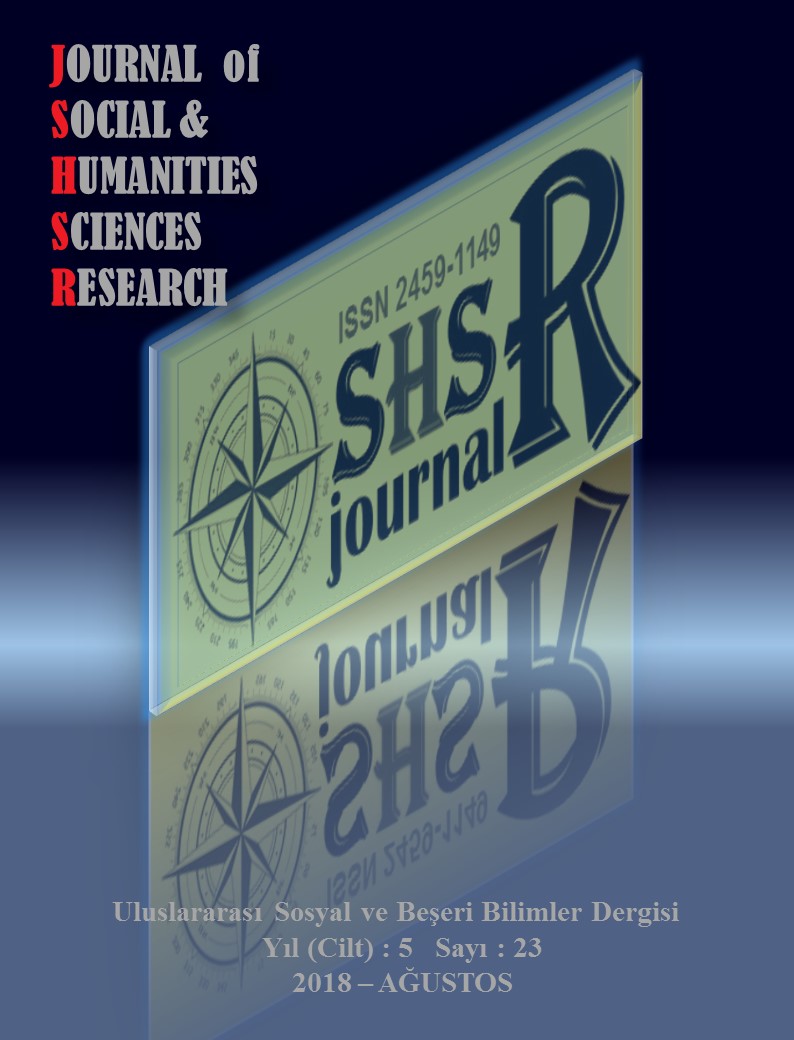TOPOGRAPHIC CITY DESCRIPTION IN THE OTTOMAN PERIOD MINYATURE ART
DOI:
https://doi.org/10.26450/jshsr.455Keywords:
Ottoman Period, Matrakçı Nasuh, Topographic City, Minyature ArtAbstract
Ottoman Empire’s historical process can be described as and analyzed under early, classical and late Ottoman Periods. Notwithstanding that a large number of works can be mentioned for the time course, referred as Early Period, the number of works, reflecting the local style-seeking by being distinguished in terms of their themes and stylistic characteristics, is relatively limited. Miniature craft in Ottoman period generally entreats such events as journeys, military expeditions, palace life which reflects the social life in this period, ceremonies etc. Towards mid-way through the 16th century, Matrakçi Nasuh Efendi produced significant works defining local style in the classical Ottoman Period. Depicturing the cities and harbors which the Ottoman Army leaned to conquer and topographical figureless views of Istanbul in general, the craftsman gave an insight to Ottoman miniature craft from a different perspective. In this study, by handling some examples of the Nasuh Efendi’s miniature works, topographical city depictions, significant ceremonies, the daily life culture in the palace gardens, botanical design in the palace gardens and visual forming of building elements in particular, have been analyzed and interpreted using the abstraction method in the context of painting art, venue setup, landscape and garden design
Downloads
Published
How to Cite
Issue
Section
License
Copyright (c) 2018 INTERNATIONAL JOURNAL OF SOCIAL HUMANITIES SCIENCES RESEARCH

This work is licensed under a Creative Commons Attribution 4.0 International License.


